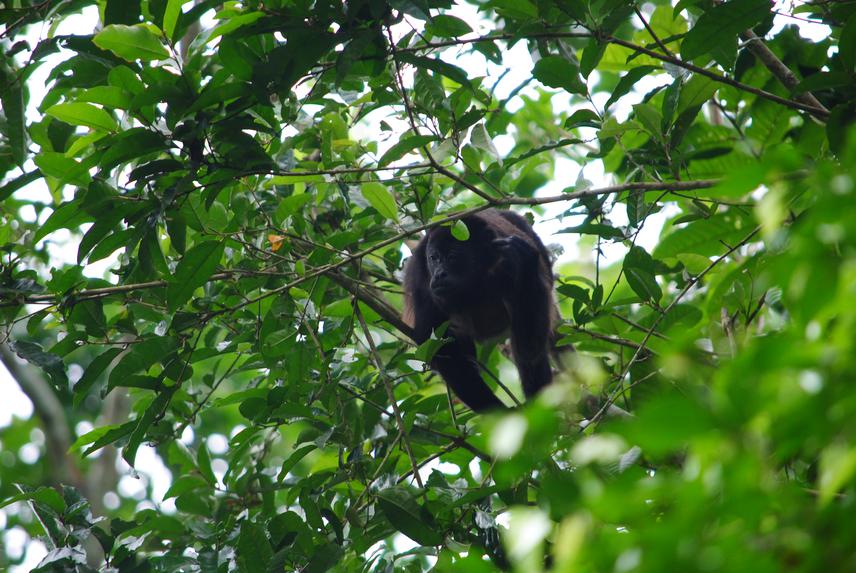Paulina Stowhas
Our project aims to characterize the habitat in the biological corridor, determine associations between habitat and the presence of wildlife in this area, identify priority sites to be reforested, and propose a long-term monitoring plan.

The tropical deciduous dry forest, in the Manabí province, Ecuador, lies in a transition zone between the very wet forests to the north and the very dry forests to the south. As such, this deciduous dry forest is incredibly diverse, conserving and protecting species from both kinds of habitat. In the Manabí province, this particular forest is considered by many experts to be one of the most unique and pristine locations in the region. In this area the development as agriculture, tourism with cabins and lodges is growing rapidly, so that the understanding of habitat characteristics and preferences of use by wildlife is crucial. Understanding the use and preferences of wildlife allow us to identify a gradient of use within the corridor and prioritize reforestation efforts providing greater availability of habitat and encouraging the use of this corridor by the wildlife.
We will develop 3 main activities:
1) Habitat characterization: dividing the corridor area in quadrants (250x250m), and assessing the habitat characteristics (understory, canopy, water resources, and roads),
2) Wildlife present and their association with different habitat characteristics: We will determine the wildlife richness in the area, and run “Optimization Models” in GIS to determine an spatially coherent corridor, we will determine the mammals presence using camera tramps, and check for birds and amphibians,
3) Determine the site to be reforested: The information on habitat preferences by wildlife allow us to develop a gradient of use which with we will prioritize the sites to be reforested to allow, and encourage and facilitate the passage of wildlife through an efficient biological corridor.
This scientific information gathered will be helpful for a future development of conservation and management plans in the area using the open standards strategy from the Foundation of success (future initiatives).